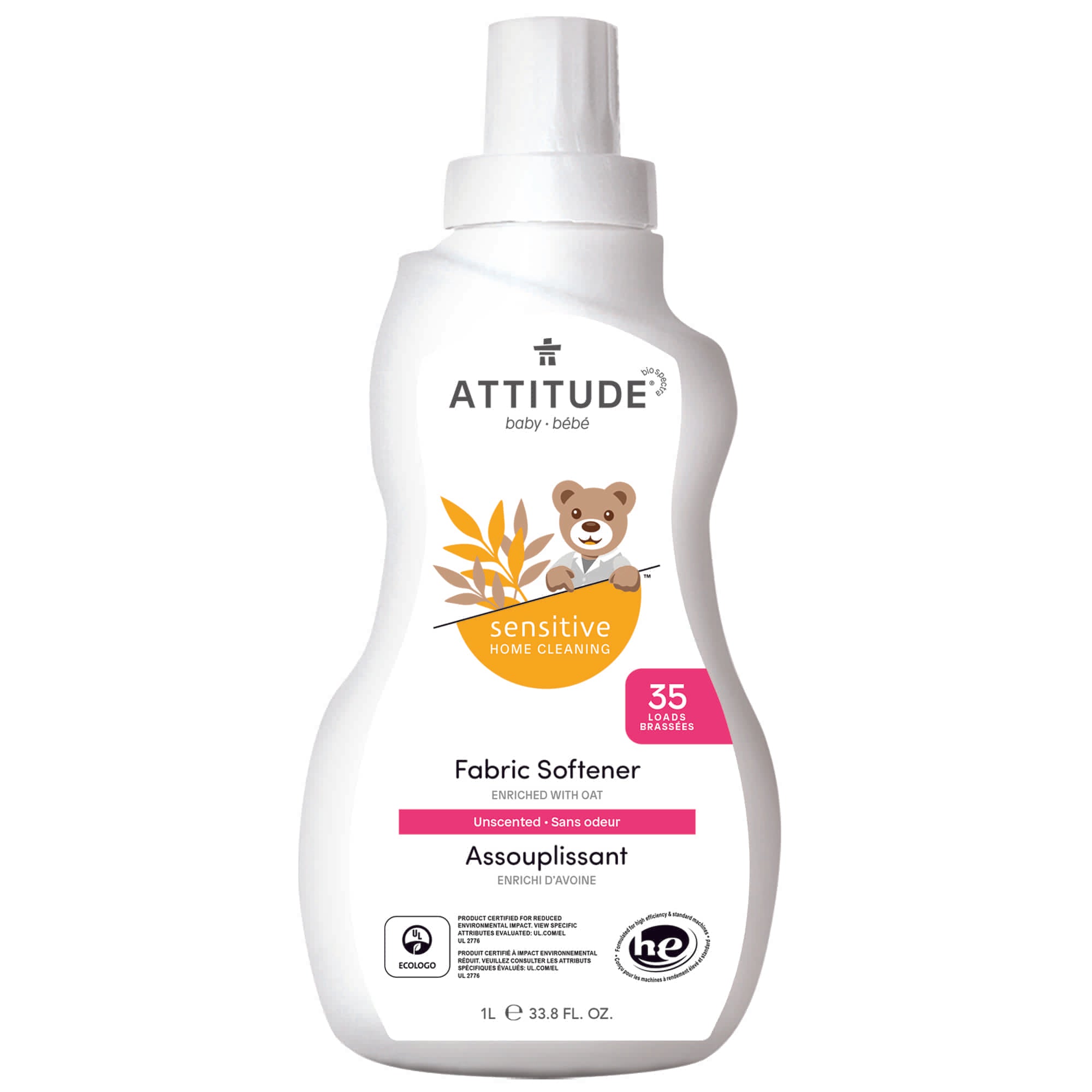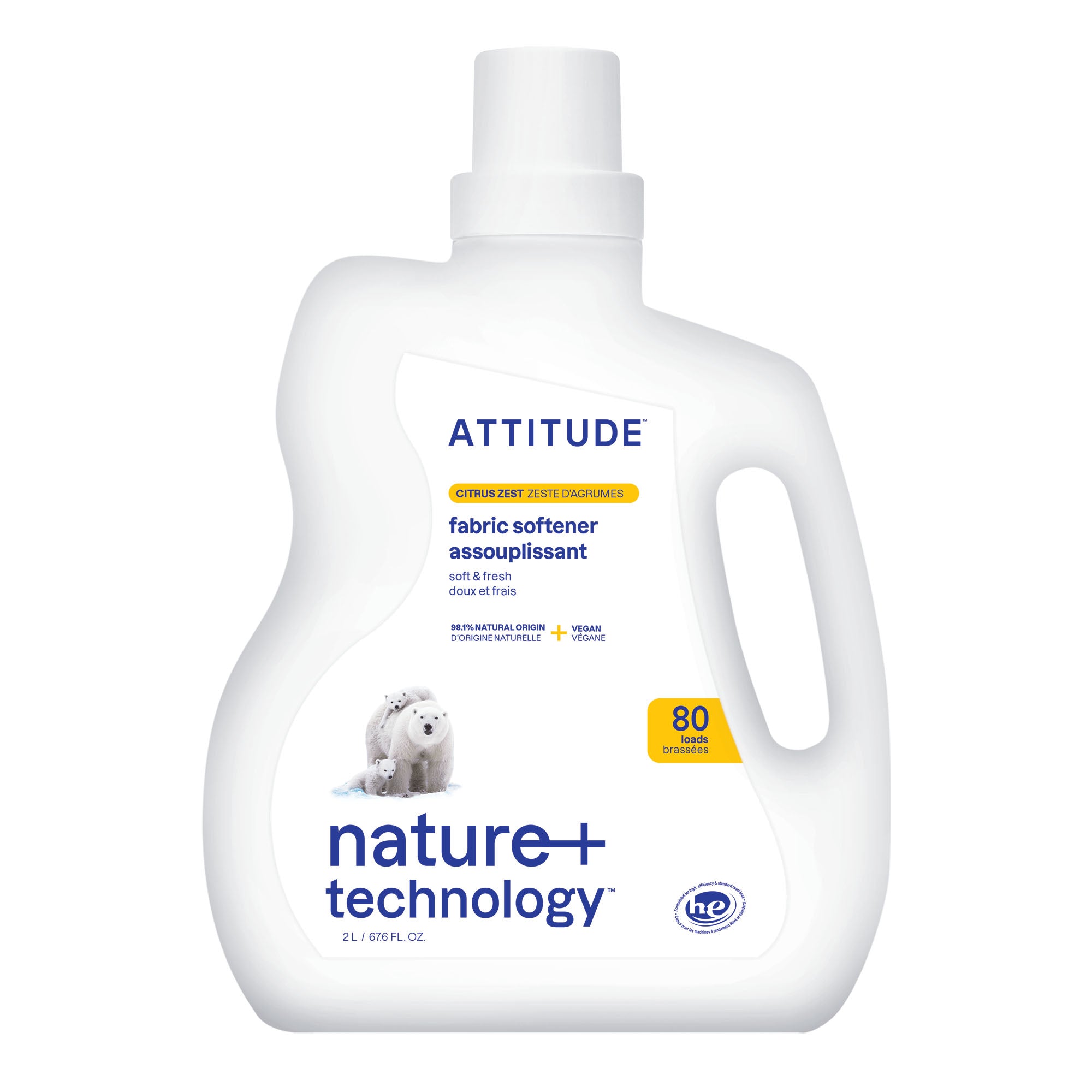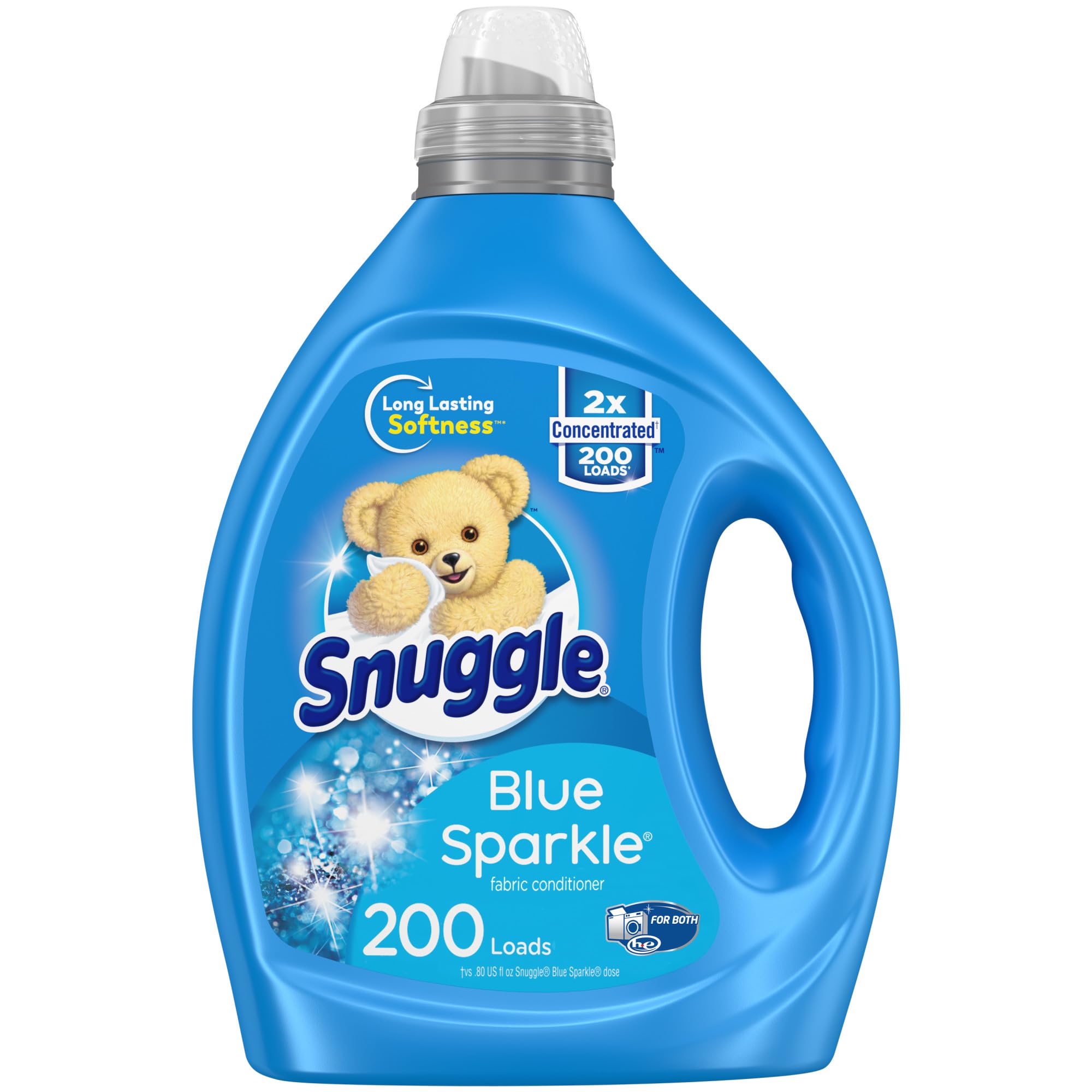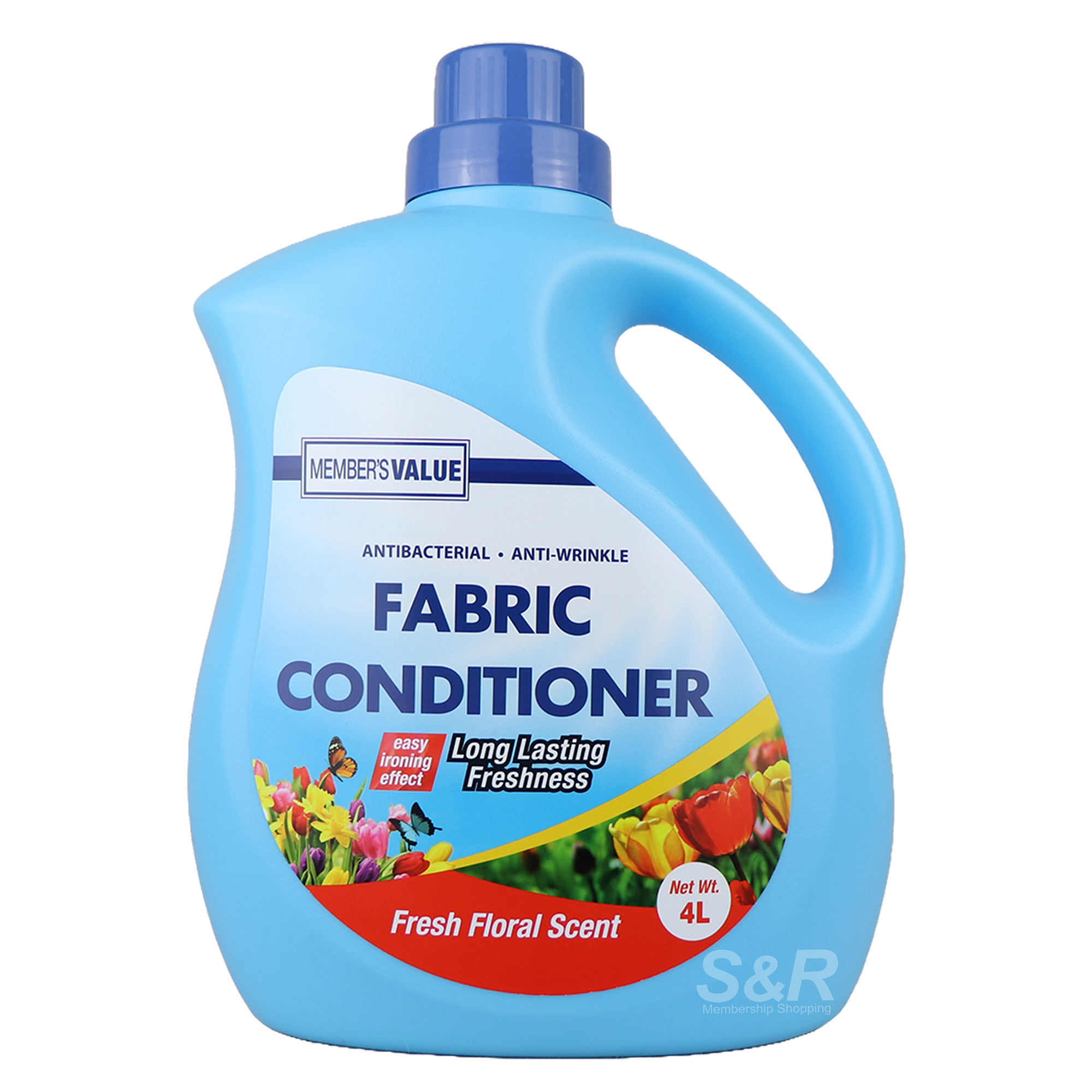Laundry day often feels like a chore, but mastering the process can make a noticeable difference in the quality and comfort of your clothes. One of the most debated topics in laundry care revolves around fabric softeners: when to add them and how they affect the overall wash. Let’s delve into the particulars of using fabric softeners to ensure you’re getting the best results from your laundry routine.
Understanding Fabric Softener and Its Benefits
What is Fabric Softener?
Fabric softener is a laundry product designed to make fabrics feel softer and fresher after washing. It works by coating fabric fibers with a lubricating layer, which helps to reduce static cling, wrinkles, and roughness. Formulated as either a liquid or sheet, fabric softener can be added during washing cycles or used in the dryer.
Benefits of Using Fabric Softener
There are several key benefits to incorporating fabric softener into your laundry routine. First and foremost, it enhances the overall feel of clothing, making them more comfortable against the skin. Additionally, fabric softeners can help reduce static electricity that builds up in fabrics, particularly in synthetic fibers. Many people also appreciate the subtle fragrance that fabric softeners impart, which can leave clothes smelling fresh even long after they’ve been washed.
Moreover, using fabric softener can also make ironing easier, as it softens the fabrics and can reduce wrinkle formation. This is particularly useful for cotton and linen items that tend to hold onto creases after washing. Finally, fabric softeners can extend the life of your clothes by preventing wear and tear, making them a worthy addition to any laundry regimen.

Timing is Key: When to Add Fabric Softener in the Washing Process
During the Wash Cycle vs. Rinse Cycle
One of the most common questions is: when should you add fabric softener during the laundry process? The answer somewhat depends on your washing machine model. Traditional top-loading machines typically require fabric softener to be added during the rinse cycle. This is because adding it too early can wash away its benefits, before it has a chance to attach to the fabric fibers.
On the other hand, modern front-loading washing machines often have a special compartment designed specifically for fabric softener that dispenses it during the rinse cycle automatically. If your machine has this feature, it’s crucial to use it as intended to ensure optimal results. If your washer doesn’t have this feature, or if you’re washing clothes by hand, make sure you add the fabric softener at the correct point to maximize its effectiveness.
How to Properly Measure and Use Fabric Softener
It’s also important to know how to properly measure fabric softener for best performance. Most bottles come with a measurement cap to help with dosing, and the amount you use may depend on the load size and the specific product. Generally, a larger load necessitates a bit more softener. However, overusing fabric softener can lead to residue build-up on clothes, making them feel greasy or heavy. Always read the manufacturer’s guidelines for your fabric softener to ensure you’re using the correct amount for your laundry load.
Choosing the Right Fabric Softener for Your Laundry Needs
Types of Fabric Softeners
When it comes to fabric softeners, consumers have a variety of options to choose from. Liquid fabric softeners are the most common type and can easily be added to your wash cycle as described above. They are versatile and usually available in various scents and formulations designed to work with specific fabric types.
Dryer sheets are another popular option; they typically serve a dual purpose of softening fabric while also reducing static cling during the drying process. While they are incredibly convenient, they may not be as effective in softening as liquid fabric softeners. Alternatively, you can find fabric softener balls that dispense the softener during the wash cycle—although these devices may require a bit more understanding of your machine’s cycle to use effectively.
Considerations for Sensitive Skin
For those with sensitive skin or allergies, selecting an appropriate fabric softener is crucial. Many brands offer hypoallergenic formulations that exclude common irritants such as dyes and perfumes. It is always advisable to check labels closely and even conduct a patch test with a small clothing item if you’re unsure how a new product may react with your skin. Natural fabric softeners made from ingredients like vinegar or baking soda can also be good alternatives if you prefer to avoid traditional chemical softeners altogether.
The Dos and Don’ts of Using Fabric Softener
Dos of Fabric Softener Use
To achieve the best results with fabric softener, there are several best practices you can adopt. First off, do make sure to follow the manufacturer’s instructions for usage—this often includes both how much product to use and when in the wash cycle it should be added. Secondly, consider your fabrics; delicate materials like lace and silk may not respond well to traditional softeners. In such cases, avoid using fabric softener altogether or opt for a weight-specific formulation that is gentler.
Additionally, thoroughly wash your washing machine periodically to prevent fabric softener build-up, which can disengage softening agents and lead to a machine that’s gunky and less effective.

Don’ts That You Should Avoid
On the flip side, there are also practices you should avoid when using fabric softeners. Firstly, don’t use too much fabric softener; using excessive amounts can lead to fabrics feeling overly coated or greasy, and can even diminish the breathability of certain textiles. Don’t combine fabric softener with bleach or laundry detergent in a way that can cause chemical reactions—always add these separately.
Furthermore, avoid using fabric softeners on towels or athletic wear, as it can reduce their absorbency and moisture-wicking properties. It’s crucial to read labels for fabric care instructions to know if softener use is recommended or not.
Alternative Solutions to Fabric Softener
Homemade Fabric Softener Recipes
If you’re interested in a more natural approach to laundry, making your own fabric softener is a feasible and often highly effective alternative. A simple homemade fabric softener can be made by mixing equal parts of water and white vinegar with a few drops of your favorite essential oil for fragrance. This natural solution not only softens fabrics but can also help eliminate odors and break down detergent residues.
Commercial Natural Fabric Softeners
For those who prefer commercially available products but still want to avoid harsh chemicals, there are several natural and eco-friendly fabric softeners on the market. These products typically utilize plant-based ingredients and essential oils, providing a gentler alternative without sacrificing performance. They are often biodegradable, making them a better choice for environmentally conscious consumers.
The Role of Fabric Softener in Different Fabrics
Cotton, Synthetic, and Delicates
Understanding the role of fabric softeners in various materials can also significantly impact your laundry results. For instance, cotton fabrics typically respond well to fabric softeners, benefiting from the added softness. Synthetic fabrics like polyester may require caution, as they can over-saturate with softer, reducing the moisture-wicking and breathable properties that these fabrics offer.
For delicate fabrics like silk or lace, you may want to forgo fabric softeners entirely or use a product specifically formulated for delicate types that won’t sedate fibers or decrease textural integrity. Knowing which materials can handle softeners and which cannot will ensure your laundry remains comfortable and looking its best.
Wash and Dry Cycles to Consider
The type of wash and dry cycles used can also affect how well a fabric softener performs. High-spin wash cycles can help dislodge fabric softener from clothing, making the rinse cycle even more critical. It’s also important to consider dry cycles; low-heat settings can help maintain fabric integrity, while high-heat drying cycles can break down softer compounds. Tailoring laundry cycles to the specific fabric can help in optimizing fabric softener effectiveness.

Troubleshooting Common Fabric Softener Issues
Residue Build-Up and Odors
If you’re experiencing problems with fabric softeners, such as a lingering greasy residue on your clothes, it might be due to overuse of the product or incorrect timing in the washing process. Too much softener can lead to a soap-like film forming on fibers. If this happens, consider cutting down on the amount used or switching brands to see if the issue improves.
Also, ensure your washing machine is clean and that you’re using it according to its design specifications. If unwelcome odors are emerging from clothes, consider washing with a bit of vinegar or baking soda to refresh fabrics, and always ensure that your clothes are thoroughly dried to avoid moister, which can further cause odor.
Dye Transfer from Fabric Softeners
Another concern can be dye transfer, where the softener may inadvertently stain your clothing. This usually happens when softeners are not mixed well in the wash water or when used on fabrics that are prone to releasing color. To avoid this, do not pour fabric softener directly onto garments—always ensure it’s diluted sufficiently in washwater or added to specific compartments as noted previously.
Conclusion: Mastering Laundry with Fabric Softener
Achieving Optimal Results
In conclusion, mastering the use of fabric softeners can elevate your laundry experience from merely functional to exceptionally rewarding. Pay careful attention to when and how to add fabric softener, and pair it with the appropriate textiles to yield the most pleasant results. By understanding the fabric softener landscape, considering your unique laundry needs, and adhering to best practices, you can master laundry day like a pro.
Enjoy Freshness and Comfort
Open your closet to a new standard of freshness and comfort in your clothing. With these tips and best practices on when to add fabric softener and how to use it effectively, you’re sure to enjoy laundry days far more than you ever have. Embrace the journey toward perfectly soft, wonderful-smelling clothes and say goodbye to the days of rough, static-filled garments. After all, everyone deserves to wear clothing that feels and smells their best.









